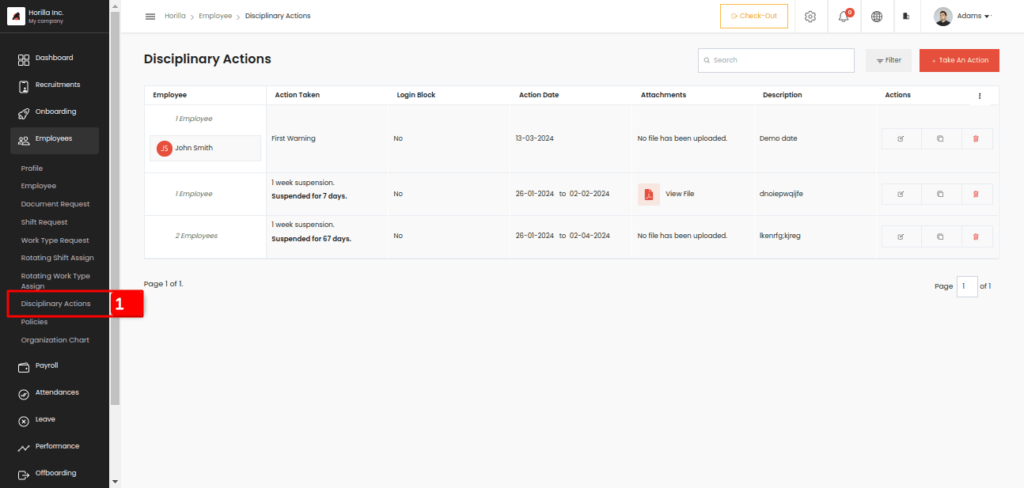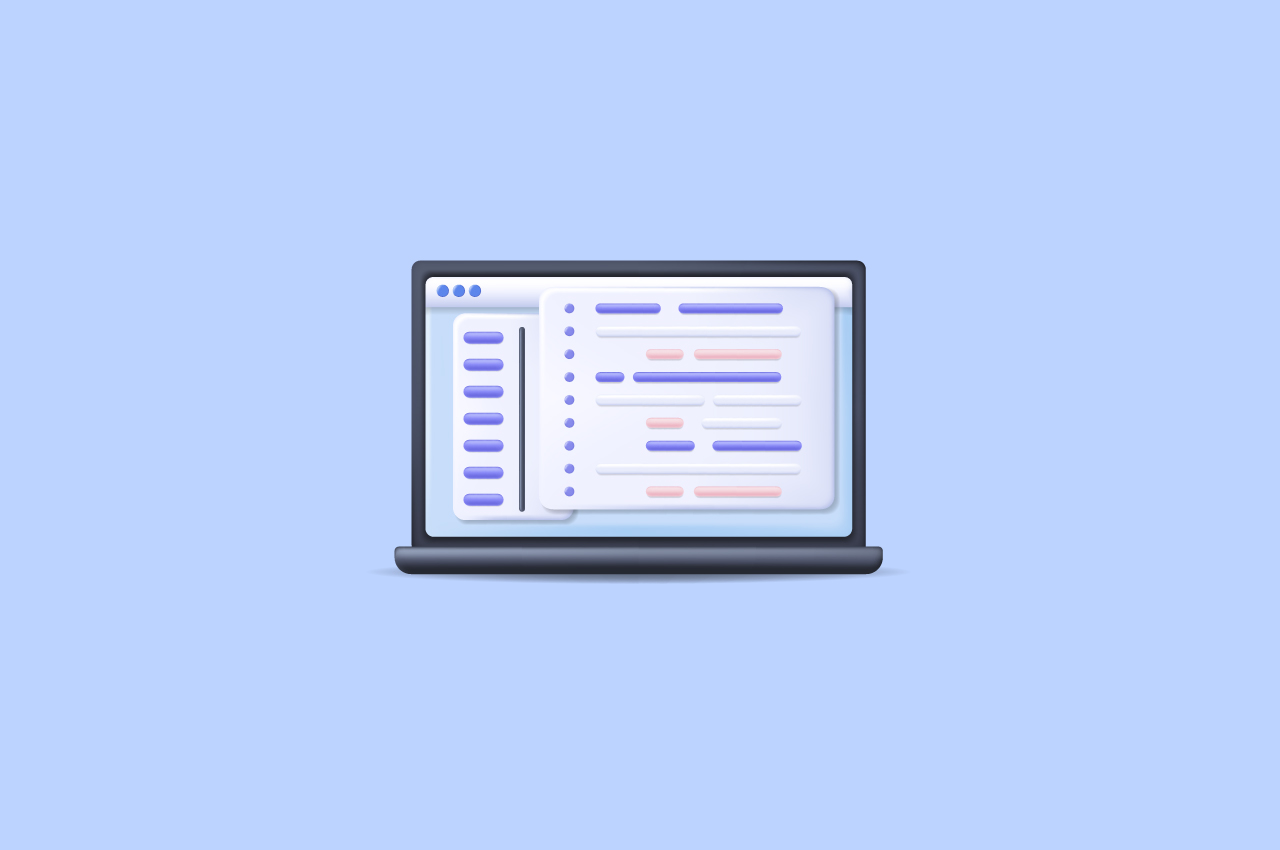How Integrating Anger Management Strategies into Your Employee Management Using Horilla HR Software

In the dynamic landscape of modern workplaces, effective employee management extends beyond traditional HR practices. Beyond recruitment, training, and performance evaluations, fostering a positive work environment also involves addressing emotions, including anger.
In this guide, we’ll explore how integrating anger management strategies into your employee management approach can lead to enhanced productivity, team cohesion, and overall workplace satisfaction.
Understanding Anger Management in the Workplace:
Anger is a natural human emotion that can arise in response to various stressors and conflicts encountered in the workplace. Unmanaged anger not only disrupts individual performance but also negatively impacts team dynamics and organizational culture. Recognizing the signs of anger and implementing proactive strategies to address it are essential components of effective employee management.
1. Recognizing Anger Triggers:
Identifying common triggers that may lead to anger in the workplace, such as high-pressure deadlines, interpersonal conflicts, unclear expectations, or perceived injustices. By understanding these triggers, managers can anticipate potential sources of anger and take preemptive measures to address them.
2. Promoting Emotional Intelligence:
Cultivating emotional intelligence among employees and leaders alike is paramount in managing anger effectively. Encouraging open communication, empathy, and self-awareness enables individuals to express their emotions constructively and navigate conflicts with greater resilience and understanding.
3. Implementing Conflict Resolution Techniques:
Providing employees with the skills and resources to resolve conflicts and disagreements constructively can prevent the escalation of anger-driven confrontations. Techniques such as active listening, perspective-taking, and collaborative problem-solving empower individuals to address underlying issues and find mutually beneficial solutions.
4. Creating a Supportive Work Environment:
Fostering a culture of respect, trust, and psychological safety encourages employees to express their emotions authentically without fear of judgment or reprisal. Establishing clear communication channels, offering employee assistance programs, and promoting work-life balance contribute to a supportive workplace culture where anger management is prioritized.
5. Tools and Resources for Anger Management:
In addition to interpersonal strategies, leveraging technology and resources can further support anger management efforts in the workplace. Employee wellness programs, stress management workshops, and mindfulness training sessions provide individuals with practical tools and techniques for managing anger and promoting overall well-being.
6. Understanding Disciplinary Action:
Disciplinary action involves addressing instances of employee misconduct or performance issues through a structured approach. It aims to correct behavior, uphold organizational policies, and maintain workplace standards. Disciplinary measures can range from verbal warnings and written notices to suspension or termination, depending on the severity of the infraction and company policies.
7. Implementing Effective Disciplinary Measures:
When it comes to disciplinary action, consistency, fairness, and clear communication are key. Managers should adhere to established policies and procedures, ensure that consequences are proportionate to the offense, and provide employees with opportunities for improvement. Additionally, offering support and guidance throughout the disciplinary process can help employees understand the reasons behind the action and facilitate their growth.
The Role of Horilla HRMS:

Disciplinary actions are implemented when an employee engages in misconduct within an organization. The administrator has the authority to respond with measures such as a warning, suspension, or dismissal. To facilitate this process, we propose creating a section within the settings page dedicated to defining appropriate actions against employees.
Within this setting, administrators can specify whether an employee’s login should be blocked if disciplinary action is taken. When this feature is enabled, login credentials for suspended or dismissed employees will be automatically blocked, preventing access to the Horilla HR software for the duration of the disciplinary action.
- Accessing the disciplinary action settings is straightforward – simply navigate to the “Employees” submenu and click on the “Disciplinary Action” tab.
- The disciplinary action interface presents a tabular view detailing all actions taken against employees, providing transparency and accountability.
- For suspension, administrators can choose between two options: day-based or hour-based suspension periods. This flexibility allows for tailored responses to different situations and ensures fairness in disciplinary procedures.
- If the “block login” feature is activated, the system will automatically unblock the login credentials of suspended or dismissed employees once the specified suspension period (whether in hours or days) has elapsed.
- This comprehensive approach to disciplinary actions streamlines administrative processes and ensures that actions taken are clear, consistent, and fair to all employees.
Conclusion:
Employee management encompasses various elements, including anger control and disciplinary action, that are crucial for achieving work success. By integrating these strategies and leveraging tools like Horilla, organizations can navigate challenges effectively, uphold standards of conduct, and cultivate a supportive and productive work environment. Remember, proactive management of employee behavior is essential for fostering a culture of accountability and achievement in the workplace.




